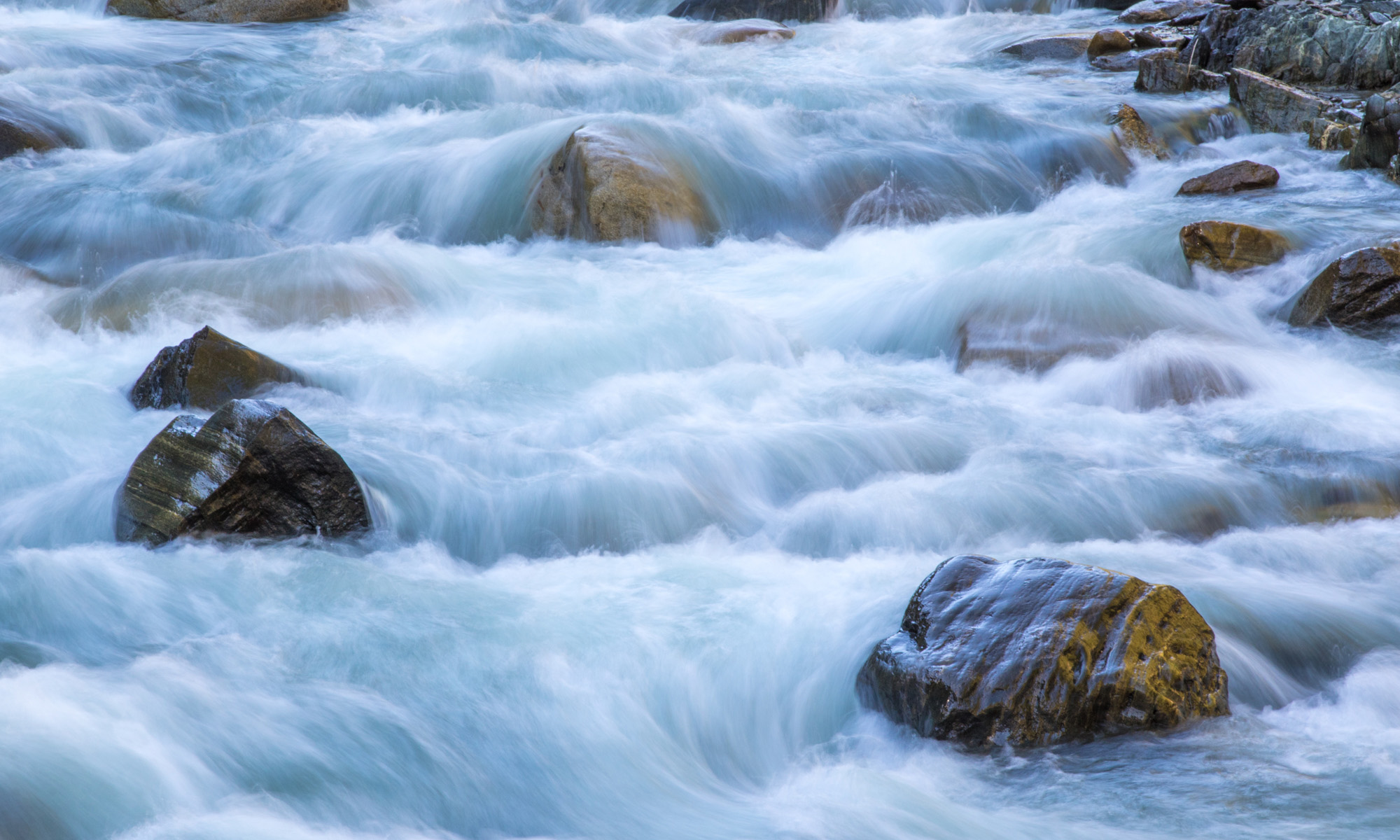Today’s Question: When I make a synchronized collection public [in Lightroom Classic] and use the provided link to view the collection, the images seem to be in some random order and I can’t find any way to force them to sort, such as by capture time. If I log into Lightroom in a browser and look at the collection it is sorted the same way as I see it in Lightroom Classic. Is there any way to change the sort order when using the link?
Tim’s Quick Answer: You can set the sort order for a public collection by using the Custom Order option for sorting the images in the collection in Lightroom Classic.
More Detail: When you enable synchronization for a collection in Lightroom Classic, that collection can be viewed from virtually anywhere with an internet connection using the Lightroom app on a mobile device or in a web browser by signing in at https://lightroom.adobe.com.
In addition, you can make a synchronized collection public so that anyone can view the images in that collection if you share the link for that public collection with them. To make a synchronized collection public go to the grid view display for the collection and click the “Make Public” button found at the top-right of the thumbnails of pixels in the grid view.
A custom link will appear to the left of the button, which at this point will be labeled “Make Private”. You can click the link to open the collection in a web browser, or right-click on the link and choose “Copy to Clipboard” so you can then paste the link to send to someone else, such as via email or text message.
If you want the images in the public album to be sorted in a specific order, you should set the sort order to “Custom Order” using the Sort popup below the grid view display when viewing the collection. After selecting “Custom Order” you can drag the thumbnails around to change the order of the images to anything you like. Once those changes have had a chance to synchronize to the cloud, you can refresh the web browser to update the sort order for the public album.
If the sort order appears completely random when you initially make the synchronized collection public, I suspect it is because you had previously adjusted the Custom Order sort for that collection of images. Otherwise, the images would generally be sorted by capture time rather than a random order. Fortunately, however, you can use the Custom Order sort option to change the order to anything you’d like, and the updates will be synchronized to the cloud.

